
Best National Parks in Wisconsin: A Guide to Breathtaking Natural Beauty
We may earn money or products from the companies mentioned in this post.
Wisconsin is home to a treasure of natural wonders, where glacial history has shaped its landscapes into a diverse tapestry, perfect for exploration. As you delve into the state, you discover that it’s more than just dairy farms and the buzz of Milwaukee; it’s a place where nature takes center stage.
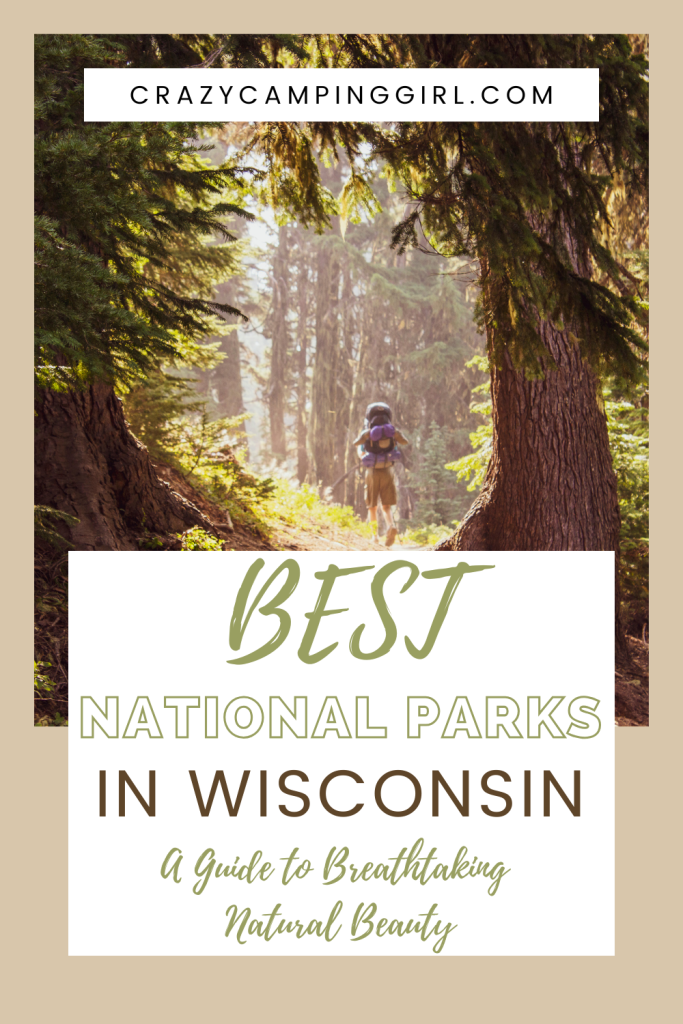
From the Ice Age National Scenic Trail that charts a course through remnants of ancient glaciers to the serene beauty of the Apostle Islands National Lakeshore with its iconic sea caves and lighthouses, the state parks of Wisconsin are a testament to the enduring majesty of nature.
Each national park and scenic trail in Wisconsin offers unique experiences, shaped by the region’s geological past and rich in recreational opportunities. You may find yourself tracing the path of the North Country National Scenic Trail or immersed in the historical ambiance of a river valley.
In fact, the economic benefits of these natural spaces are notable too, with a significant number of visitors contributing to regional prosperity each year.
While the state may only boast a few national parks compared to its larger neighbors, the quality and variety of experiences they offer are unmatched.
Whether you seek a peaceful kayak journey amidst the Apostle Islands, a hike along glacially sculpted landscapes, or simply to witness wildlife in their natural habitats, the best national parks in Wisconsin are quintessential for any nature enthusiast looking to unlock the Midwest’s secret charms.
Why Visit Wisconsin’s National Parks
When you explore the best national parks in Wisconsin, you immerse yourself in some of the most pristine environments the state has to offer. You will find a blend of natural splendor, engaging recreational opportunities, and educational experiences that spotlight the importance of conserving these precious landscapes.
Natural Beauty and Diverse Landscapes
In Wisconsin, your eyes will feast on the diverse landscapes, ranging from the serene shores of Lake Superior to the rolling hills that trace the history of glacial movement. Visit the Apostle Islands National Lakeshore to see the breathtaking mosaic of islands, each with its unique character. The Ice Age National Scenic Trail and the North Country National Scenic Trail offer a journey through remnants of ancient glaciers, providing a visible timeline of our planet’s climatic shifts.
Recreational Activities
Whether it’s hiking, fishing, or wildlife viewing, you’ll find an activity that resonates with your adventurous spirit. Engage in hiking along the rigorous paths of the expansive trails or enjoy a peaceful kayak session amidst the backdrop of the serene lakes. The Apostle Islands particularly are known for their kayaking and boating opportunities, with the chance to navigate along the shores dotted with historic lighthouses and sea caves.
Conservation and Education
Your visits to these parks contribute to the ongoing conservation efforts and help support educational programs that teach the importance of protecting natural resources. Within these parks, you grasp the delicate balance of ecosystems and learn about the indigenous cultures that once called these areas home.
By visiting these parks, you become an integral part of the mission to preserve the area’s natural and cultural history for future generations.

Top National Parks in Wisconsin
Wisconsin’s diverse national parks offer you a unique blend of scenic beauty, ranging from idyllic lakeshores to historic trails. Each provides a distinct experience with opportunities for adventure and learning about the state’s natural and cultural heritage.
Apostle Islands National Lakeshore
The Apostle Islands National Lakeshore boasts some of the most magnificent landscapes in Wisconsin, with its crown jewels being a cluster of 21 islands in Lake Superior. This park is a paradise for kayakers, bird watchers, and those keen on discovering historic lighthouses.
For an immersive experience, visit the Apostle Islands National Lakeshore, where crystal-clear waters meet sandy shores and rugged cliffs.
Saint Croix National Scenic Riverway
Flowing along the border of Minnesota and Wisconsin, the Saint Croix National Scenic Riverway provides over 200 miles of pristine, protected waterways.
Whether you’re an angler, a camper, or a canoe enthusiast, the clean waters and the surrounding lush forests are your playground. Delve into the serene beauty of the Saint Croix National Scenic Riverway.
Ice Age National Scenic Trail
Stretching over 1,000 miles, the Ice Age National Scenic Trail is a testament to glacial history and a haven for hikers. Wander through ancient landscapes carved by ice, rolling hills, and wide-open prairies.
To tread paths that meander through some of Wisconsin’s most fascinating geological features, start your journey on the Ice Age National Scenic Trail.
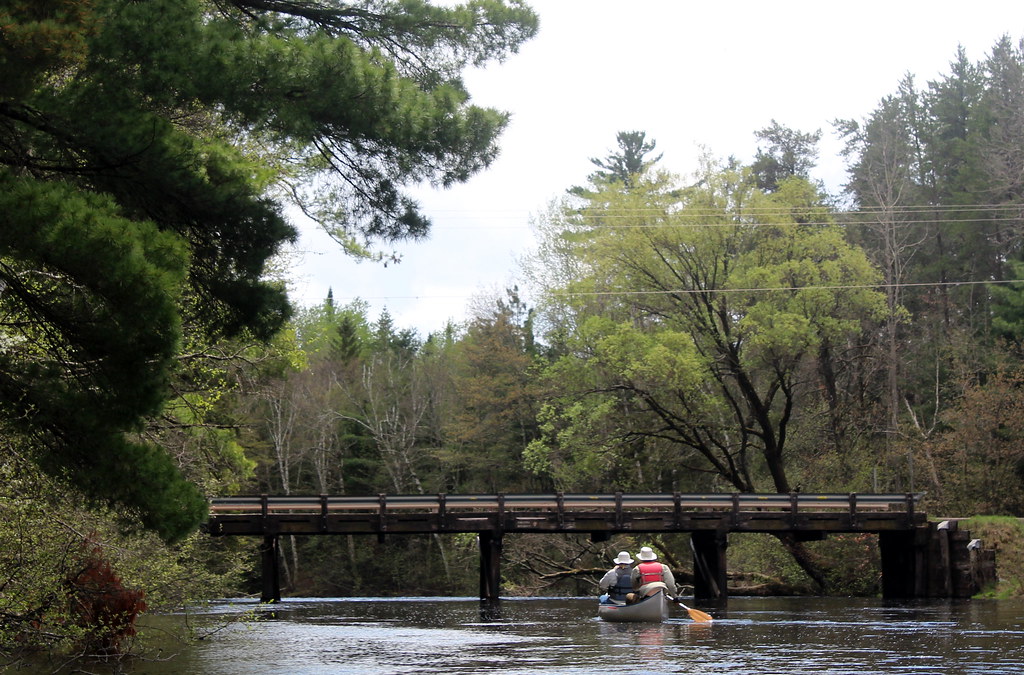
Planning Your Visit
When organizing a trip to some of the best national parks in Wisconsin, consider the seasonal weather, various accommodation options, and necessary fees and permits. This will ensure a well-prepared and enjoyable experience.
Best Time to Visit
Apostle Islands National Lakeshore: The ideal period to visit is from May to September when the weather is warm and all services, such as ferry operations, are available. Winter offers unique activities like ice cave explorations, typically from late January to early March, depending on ice conditions.
Ice Age National Scenic Trail: Open year-round, with spring and autumn being prime times for hiking to enjoy favorable temperatures and fall foliage.
Accommodations and Camping
Apostle Islands: Options include mainland campgrounds and backcountry camping on the islands, with reservations recommended during peak months. Amenities vary from rustic to full-service campgrounds.
Ice Age Trail: Dispersed camping is available along the trail, but check regulations as some areas require permits.
Park Fees and Permits
Apostle Islands: No entrance fee, but camping fees are collected. Sea cave tours and shuttle services have separate costs.
Ice Age Trail: Free to access, although some connecting parks and forests may charge fees. Permits for overnight camping vary, with some free and others requiring a nominal fee.
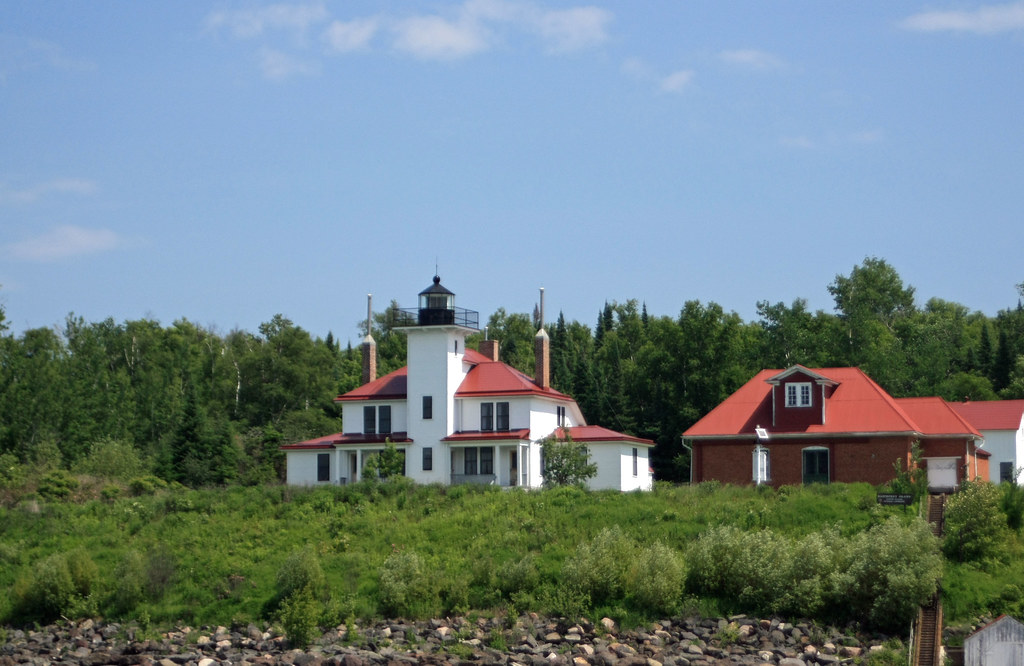
Must-See Attractions and Landmarks
Wisconsin’s national parks not only offer breathtaking natural beauty but also host a collection of landmarks that are rich in both history and outdoor adventure. Discover these must-see attractions to fully experience the state’s diverse offerings.
Sea Caves of the Apostle Islands
A natural marvel within Apostle Islands National Lakeshore, the Sea Caves represent centuries of Lake Superior’s artistic work. In the summer, you can kayak through these red sandstone formations, while in winter, they transform into a frozen wonderland accessible via hiking or ice walking.
Historic Lighthouses
Among Wisconsin’s coastal treasures are the historic lighthouses like the one on Raspberry Island. These beacons of history offer a glimpse into maritime life and are a testament to the area’s past. Several of these can be toured, offering panoramic views of the surroundings.
Riverway Water Activities
The Saint Croix National Scenic Riverway provides a playground for water enthusiasts. With options for canoeing, kayaking, and fishing, the riverway will keep you entertained while offering encounters with diverse wildlife and scenic backdrops.
Glacial Features on the Ice Age Trail
Spanning over 1,000 miles across Wisconsin, the Ice Age National Scenic Trail showcases remarkable glacial features. While traversing this trail, your eyes will be treated to kettle lakes, moraines, and erratics, each narrating a story of Earth’s geological past.
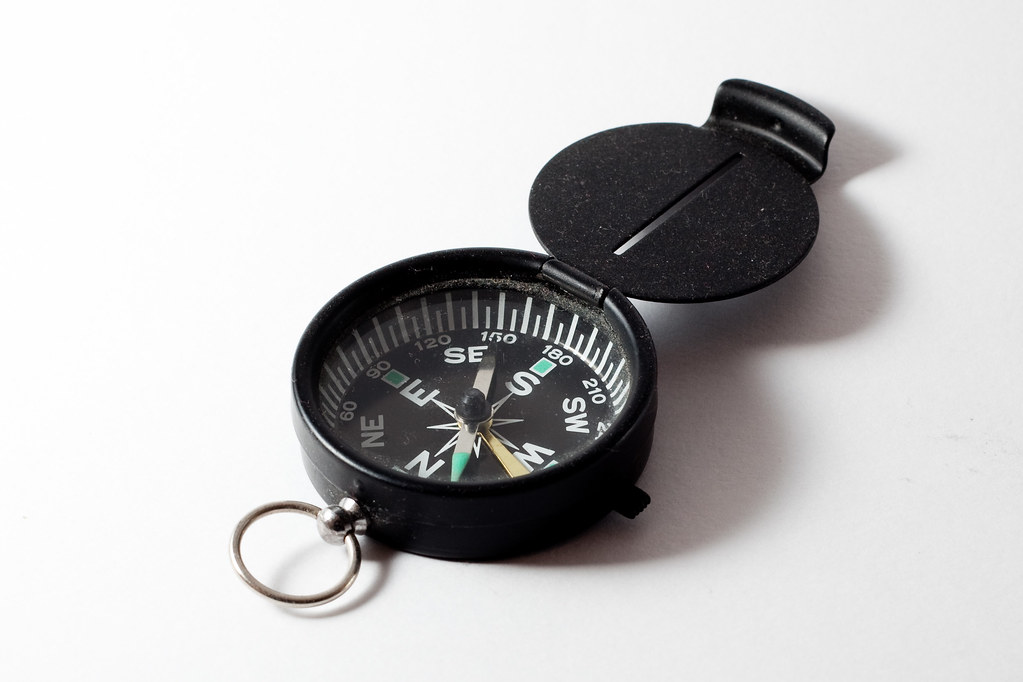
Hiking and Trails
In Wisconsin’s national parks, you have the opportunity to explore a variety of scenic trails ranging from easy family-friendly walks to more challenging backpacking routes.
Trail Highlights
- Ice Age National Scenic Trail: Experience the unique landscapes shaped by glaciers on this trail that passes through multiple Wisconsin national parks. Particularly remarkable sections of this trail can be found within the Hemlock Creek area, where you can see osprey nests and heron rookeries.
- Apostle Islands National Lakeshore: Here, you can traverse trails leading to historic lighthouses and witness panoramic views of Lake Superior and the surrounding islands.
Guided Tours
Isle Royale National Park offers ranger-led tours, which provide insights into the park’s ecosystems and history. You can learn more about these tours at the National Parks in Wisconsin website.
Safety Tips for Hikers
- Always check the weather before you venture out and dress in layers to adjust to changing conditions.
- Carry a map, compass, or GPS, especially when hiking in remote areas like those found in the Chequamegon-Nicolet National Forest.
Wildlife and Natural Preservation
Exploring the best national parks in Wisconsin, you’ll discover a rich tapestry of biodiversity and concerted efforts to maintain the region’s ecological integrity. Your awareness and participation are vital to these preservation endeavors.
Flora and Fauna
The parks in Wisconsin are a safe haven for a diverse array of plants and animals. For instance, at the Apostle Islands National Lakeshore, you can witness over 240 species of birds, making it a birdwatcher’s paradise.
Moreover, the state’s mixed hardwood and conifer forests are home to mammals like white-tailed deer, black bears, and gray wolves.
Conservation Efforts
Active conservation efforts are crucial in protecting the ecological balance within Wisconsin’s national parks. The Ice Age National Scenic Trail, for example, preserves unique glacial features and provides a corridor for wildlife movement.
Management programs are in place to combat invasive species and protect the native flora and fauna that define these landscapes.
Visitor Impact Reduction
You play a pivotal role in reducing visitor impact on these precious ecosystems. Practices such as ‘leave no trace’ and staying on designated trails are enforced to mitigate human disturbances. Your cooperation helps ensure that the parks’ natural beauty and wildlife remain unspoiled for future generations.
Cultural Heritage
In Wisconsin’s national parks, you know you’ll uncover rich layers of cultural heritage. Your journey through these landscapes is a voyage across time, marked by the history of Native American tribes and the imprints of European settlers.
Native American History
Discover the deep roots of Native American history when you explore historical places like the ancient village at Aztalan State Park. Here, you’ll stand where the Mississippian culture thrived between 1000 and 1300 AD. Learning about the daily lives and spiritual practices of these native people offers you a profound sense of connection to the past.
European Settlement Influence
Witness the transformation brought by European settlers at sites like the H.H. Bennett Studio. Bennett’s pioneering photography, captured after the region saw an influx of Europeans, offers you a picturesque window into Wisconsin’s post-settlement period.
His works, housed in what is now the H.H. Bennett Studio & Museum, tell a visual story of change and adaptability in the cultural landscape.
Visitor Amenities and Facilities
When you visit Wisconsin’s national parks, you have access to a range of amenities designed to enhance your outdoor experience. Whether you’re looking for a place to enjoy a meal outdoors, information to enrich your visit, or accessible facilities, you’ll find well-maintained options here.
Picnic Areas
Wisconsin’s national parks offer various picnic areas for you and your family to enjoy. You’ll often find picnic tables, charcoal grills, and sometimes even covered pavilions.
At the Apostle Islands National Lakeshore, for example, picnic spots provide breathtaking lake views and are conveniently located near hiking trails and parking areas.
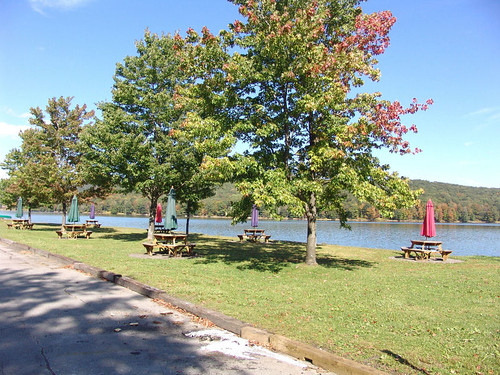
Visitor Centers
Visitor centers are your hub for park information and assistance. Staffed by knowledgeable rangers, these centers typically offer educational exhibits, maps, and brochures. The Ice Age National Scenic Trail visitor center, for instance, gives insights into glacial history and trail information, including sections ideal for day hikes.
Restrooms and Accessibility
For your comfort, restrooms are available throughout the parks, with accessibility options for those with disabilities. Most restrooms are ADA-compliant, ensuring that all visitors have a comfortable and convenient visit.
At sites like the North Country National Scenic Trail, efforts are made to provide facilities that are accessible, with some locations also offering wheelchair rentals.
Photography and Sightseeing Tips
Exploring the national parks of Wisconsin offers a multitude of stunning sightseeing and photography opportunities. From capturing the vibrant hues of fall foliage to the serene winter snowscapes, each season brings something unique to the frame.
Scenic Overlooks
When visiting, seek out the scenic overlooks for panoramic shots. The Apostle Islands National Lakeshore provides a picturesque backdrop with its cliff-lined shores. During golden hour, the lighting is especially striking, illuminating the landscapes with a warm glow.

Wildlife Photography
For wildlife photography, move quietly and keep a respectful distance. Early morning and late afternoon are the best times to photograph wildlife in their natural habitats.
Deer, birds, and even bears may grace your lens, as seen in the diverse ecosystems across Wisconsin’s parks.
Seasonal Photography Advice
Lastly, consider the season for the most compelling images. Fall offers vibrant colors, particularly at Holy Hill, where the autumn leaves provide a dramatic contrast against the historic architecture. Winter turns the Ice Age National Scenic Trail into a snowy wonderland, perfect for high-contrast black and white photography.
Events and Educational Programs
Wisconsin’s national parks offer a variety of educational and recreational opportunities that will enhance your visit and deepen your understanding of these natural treasures.
Ranger-Led Programs
You can participate in ranger-led programs that provide insight into the unique ecosystems and histories of the parks. These programs often include guided hikes, wildlife viewing, and historical reenactments. At the Apostle Islands National Lakeshore, for instance, park rangers offer lighthouse tours and talks about the area’s rich maritime history.
Seasonal Events
Each park has its own array of seasonal events that highlight the changing environment. During the winter, you might engage in snowshoeing excursions, while summer could bring about opportunities for stargazing during clear nights.
Events like the annual bird migration observation make for a memorable experience at various locations, including those along the Ice Age National Scenic Trail.
Junior Ranger Activities
The Junior Ranger program is a fantastic way for young visitors to learn and explore. This program is tailored to engage children in age-appropriate activities, such as interactive explorations and nature-centric games.
By completing these activities, children can earn their Junior Ranger badge, fostering a sense of accomplishment and a lasting connection with the park’s natural environment.
Nearby Attractions and Experiences
Beyond the natural splendor of Wisconsin’s National Parks, you’ll find a wealth of cultural and recreational activities. The vicinity offers charming local towns with rich gastronomy, diverse museums and cultural centers, and an array of outdoor adventures.
Local Towns and Gastronomy
Discover culinary delights in Wisconsin’s local towns, where farm-to-table dining is a way of life. Madison, the state capital, is known for its farmers’ markets and artisanal cheeses. In the northern region, near Apostle Islands National Lakeshore, you can savor fresh catches from Lake Superior, including trout and whitefish.
Museums and Cultural Centers
Wisconsin’s history and arts are celebrated through its museums and cultural centers. The Milwaukee Art Museum showcases an extensive collection ranging from European masterpieces to modern American works. For a dive into the region’s past, the Wisconsin Historical Museum in Madison offers exhibits on the state’s diverse heritage.
Outdoor Adventure Beyond the Parks
When you’re ready for more outdoor excitement, Wisconsin won’t disappoint. Engage in watersports on the Great Lakes or hike the scenic trails of the Ice Age National Scenic Trail. Whether it’s kayaking, sailing, or venturing through the state’s woodland pathways, adventure always awaits.
Frequently Asked Questions about the Best National Parks in Wisconsin
When exploring the natural beauty of Wisconsin’s national parks, you have several outstanding options to choose from. Each park offers unique landscapes and opportunities for adventure, ensuring that your experiences will be memorable.
What are the top rated national parks to visit in Wisconsin?
The most highly regarded national parks in Wisconsin include the Apostle Islands National Lakeshore, known for its pristine waterways and the Saint Croix National Scenic Riverway, which offers excellent opportunities for canoeing and wildlife viewing.
Which Wisconsin national park is known for the best scenic views?
The Apostle Islands National Lakeshore is renowned for breathtaking scenic views, featuring cliff-lined shores, sea caves, and a collection of historic lighthouses set against the backdrop of Lake Superior.
How does Apostle Islands National Lakeshore stand out among Wisconsin’s parks?
Apostle Islands National Lakeshore stands out due to its unique combination of natural beauty and historic significance, offering majestic cliffs, sea caves accessible by boat or kayak, and a rich history that includes lighthouses and shipwrecks.
What are the most popular activities in Wisconsin’s national parks?
Popular activities in Wisconsin’s national parks include hiking along the Ice Age National Scenic Trail, kayaking and boating on the Great Lakes, and observing diverse wildlife in the state’s lush forests and riverways.
Can you list the national parks within driving distance of Wisconsin?
Aside from Wisconsin’s own parks, you can easily drive to Voyageurs National Park in Minnesota, Isle Royale National Park in Michigan, and Indiana Dunes National Park in Indiana for further exploration of the Great Lakes region.
What are the distinguishing features of national forests compared to national parks in Wisconsin?
National forests, such as Chequamegon-Nicolet National Forest in Wisconsin, typically focus on resource conservation and provide more recreational opportunities like hunting and logging, whereas national parks prioritize preserving natural and cultural resources, offering unique landscapes and educational experiences.
